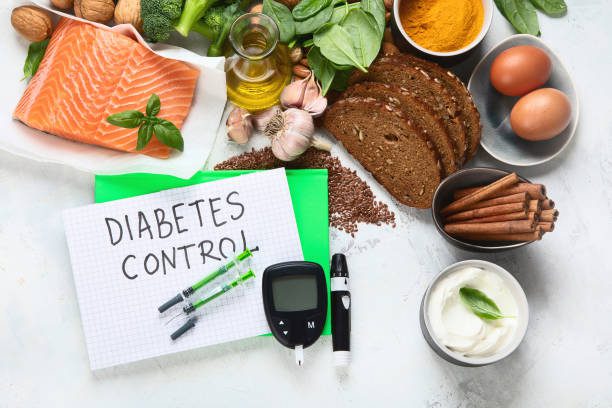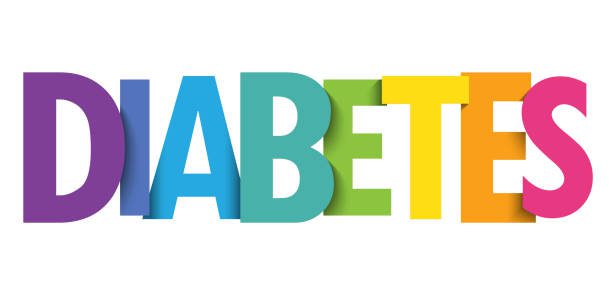⚠️ Medical Disclaimer
Important: This content is for informational and educational purposes only. It should not be used as a substitute for professional medical advice, diagnosis, or treatment. Always consult with a qualified healthcare provider before making changes to your diet, taking supplements, or if you have questions about a medical condition. Never disregard professional medical advice or delay seeking it because of information you read here.
Last Updated on March 26, 2024 by Grace Oluchi
Diabetes is a health condition that a lot of people around the world have. It happens when the body can’t make or properly use insulin, which is a chemical that controls the amount of sugar in your blood.
If people don’t take care of it, it can cause serious health problems like heart issues, harm to the kidneys, damage to the nerves and death. We’re going to cover FAQs about diabetes, including what causes it, what signs to look out for, how to find out if you have it, and what you can do about it.
The Key Takeaway.
- Taking care of diabetes is a forever thing.
- How you live day-to-day matters a lot. Eating healthy foods and being active are really important if you have diabetes. You might also need to take medicine or use insulin to help keep your blood sugar just right.
- Getting along with your doctor or nurse is good. It’s really helpful to work with medical professionals to figure out the best way to handle it.
- Knowing about diabetes is a big help.
What Is Diabetes?
Diabetes is a long-term health issue that changes the way your body handles glucose, which is a kind of sugar needed for energy. People with diabetes either can’t make enough insulin (which keeps blood sugar under control) or can’t use it right, so their blood sugar gets too high. There are a few different kinds of diabetes:
- Type 1 – this kind usually starts when you’re a kid and means you need insulin shots for life.
- Type 2 – this is the kind most adults get, especially if they weigh too much.
- Gestational diabetes – some women get this when they’re pregnant, and it usually goes away after the baby is born, but it can raise the mom’s risk of getting Type 2 diabetes later.
If blood sugar stays high for too long, it can hurt your nerves, kidneys, eyes, and heart. To take care of diabetes, you need to eat healthy, move more, and you might need medicine or insulin shots.
Type 1 Diabetes.
Type 1 diabetes is when the body’s defense system wrongly attacks and breaks down the cells that make insulin in the pancreas. This means the body can’t make insulin at all, and people with Type 1 need to take insulin for their whole life. It usually starts when someone is young, like a child or teenager, and it’s not as common as other types of diabetes.
If it’s not taken care of, Type 1 diabetes can cause a dangerous problem called diabetic ketoacidosis, which needs to be treated right away.
Symptoms of Type 1 Diabetes.
- People with Type 1 diabetes often feel very thirsty and have to pee a lot.
- They might lose weight without trying.
- Feel tired a lot.
- Have blurry eyesight and get sick often.
Management for Type 1 Diabetes.
To manage Type 1 diabetes:
- People need to keep a close eye on their blood sugar, take insulin, eat healthily, and stay active.
- They have to make sure the amount of insulin they take matches what they eat and how much they exercise.
- They might also need to check their blood sugar many times a day with a special device.
Type 2 Diabetes.
Type 2 diabetes is the kind that most people have. It’s when the body doesn’t use insulin the right way, which makes blood sugar go up. Adults usually get Type 2, but kids can get it too.
Being overweight, not moving enough, having family members with diabetes, and being from certain groups like African Americans, Hispanics, and Native Americans can make you more likely to get it.
Symptoms of Type 2 Diabetes.
- Being really thirsty.
- Going to the bathroom a lot.
- Not seeing clearly.
- Feeling tired.
- Cuts or sores that don’t heal fast.
Management of Type 2 Diabetes.
To take care of Type 2 diabetes:
- Eating healthy foods and exercising are important.
- Some people might need medicine, and they have to check their blood sugar often with a special tool.
- Sometimes, they might even need insulin shots.
Gestational Diabetes.
Gestational diabetes is a kind of sugar problem that can happen to women when they’re pregnant. It usually shows up in the middle or late part of pregnancy but goes away after the baby is born.
This diabetes happens because the pregnancy hormones make it hard for the body to use insulin right, which leads to too much sugar in the blood.
Women who have family members with diabetes, are overweight, or belong to certain groups like African Americans, Hispanics, and Native Americans might be more likely to get it too.
Symptoms of Gestational Diabetes.
The signs are:
- Feeling very thirsty.
- Peeing a lot.
- Blurry vision, and being really tired.
Management of Gestational Diabetes.
To manage this diabetes:
- Check blood sugar often.
- Eat healthy.
- Stay active.
- Sometimes, medicine is needed too.
After having the baby, women with this type of diabetes should keep an eye on their sugar levels because they have a higher chance of getting Type 2 diabetes later on.
General Prevention and Management Strategies for Diabetics.


- Healthy eating: Choose lots of different healthy foods like fruits, veggies, whole grains, lean meats, and good fats. Stay away from too much junk food and sweet drinks.
- Regular exercise: Moving your body helps it use insulin better and lowers your blood sugar. Try to do activities like fast walking, biking, or swimming for at least 150 minutes every week.
- Medication: Some people need medicine to control their diabetes. Those with Type 1 always need insulin shots, and those with Type 2 might need pills or insulin.
- Monitoring blood sugar: Keep track of your blood sugar with a glucose meter to make sure it’s not too high or too low. This helps you know if you need to change your food, activity, or medicine.

